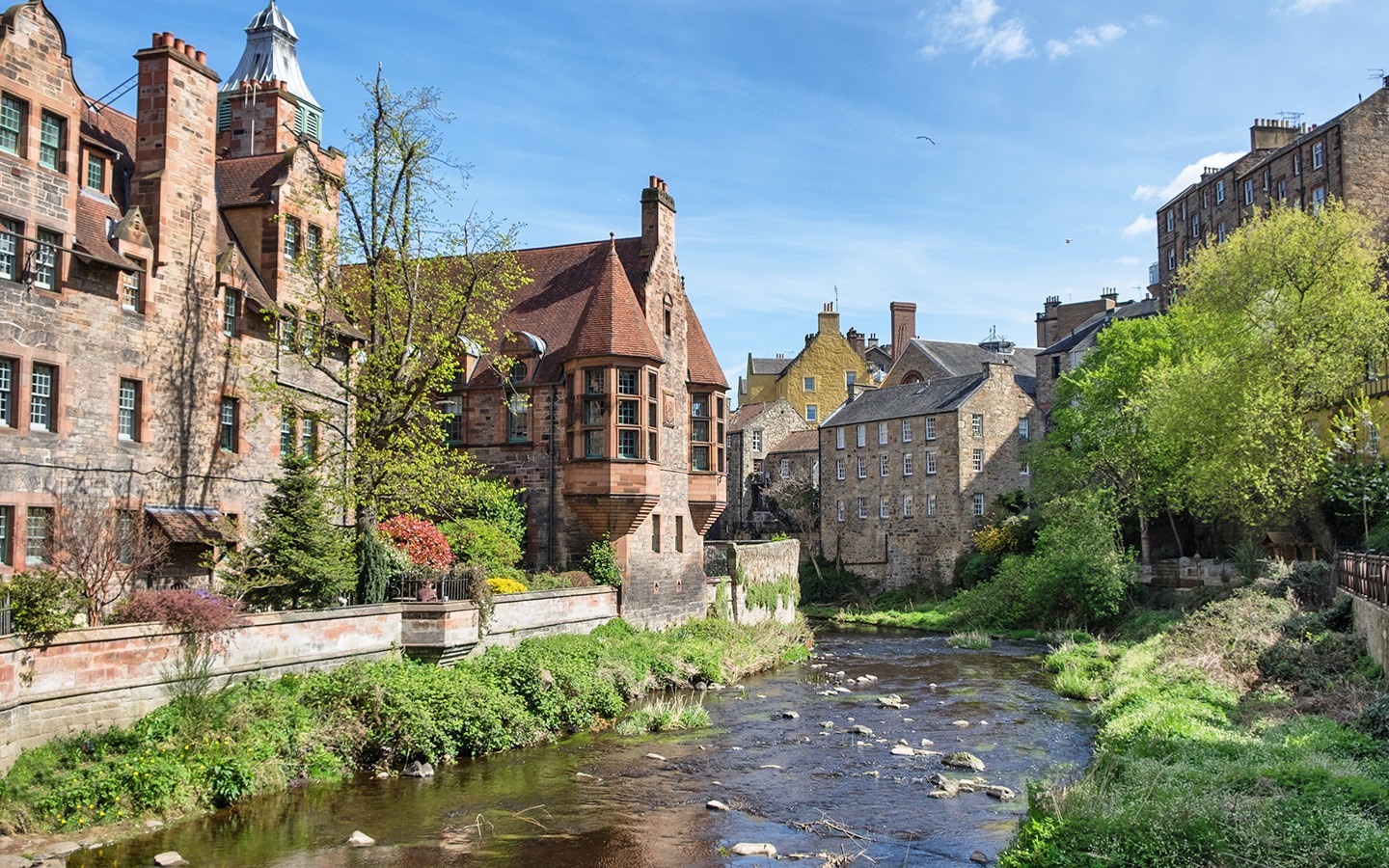Indian subcontinent is colorful and diverse its culture and soil. India is biodiverse and hence flora and fauna found at the wildwoods of the subcontinent is lively and gigantic.
The Royals of Gir
Gir National Park, Gujarat is the only natural habitat of the endangered species of Asiatic lions at India; as per the recent census of2015, there are almost 500 lions here. Spread over an area of 1412 kms, this national park homes 38 species of mammals, 300 avian and 37 kinds of reptiles. While the lions stroll in own mood, the sly leopards keep a watch on you from the tree tops. Sambar and four-horned deer, also known as Chowsingha, coolly graze around while the sweet tweets of birds break the thrilling silence of the forest; the white backed and long billed vultures are also endangered species of birds found at Gir.
The Majesty of Ranthambore
The Royal Bengal Tiger rules the jungles of Ranthambore, Rajasthan travel. One of the largest national parks of India, the Ranthambore National Park has transformed itself from being a hunter’s ground of the kings to a protector of the environment. The still waters of Malik and RajbaghTalao and the quietness of the Ranthambore Fort are the best places to spend some joyful moments watching the peaceful doves, the melodious cuckoos, fish loving kingfishers and the lovely flamingos, while the tigers and leopards are found busy preying at the forest.The black bucks, langurs, squirrels, vampires and civets are the other fun loving creatures of Ranthambore while the marsh crocodiles rule the waters of this forest.
The Legacy of Kaziranga
The grasslands of Kaziranga, Assam are the relaxing grounds for the Asiatic one-horned rhinos. Weighing between 2200 to 3000 kilos, almost 2000 rhinos reside at Kaziranga National Park. While the tall grass help the tigers hide comfortably here, the paw prints and the smell of the wild cats is everywhere, spreading a sense of thrill. Popularly known as the ‘Big Five,’ the heavy steps of the cool elephants, the moody wild buffalos and the chilled out swamp deer adorn the jungles of Kaziranga besides the rhinos and tigers. Bird watches will fall in love in love with this national park as the wood peckers dig the woods, the blue breasted quail boats of its beauty and the grey peacock pheasant dance to the drops of rain.
The tree houses of Bandhavgarh
Not only the Bandhavgarh National Park is the ruling ground of the Royal Bengal Tigers but also plays a vital role in bringing you close to nature. The tree houses of Bandhavgarh offer a romantic escapade from the hassles of city life while the modern amenities of these nests retains your comfort.The mixed vegetation of the park is an abode not only for the tigers, but also offers the perfect ambience to the endangered species of sloth bear and leopards. While the langurs and Rhesus Macaque try to imitate you from the tall trees, the grasslands are loved by varied species of deer, like the sambar, spotted deer, gaur, chinkara and four-horned deer. You can also spot Nilgai at Bandhavgarh.
The Paradise of Keoladeo
Formerly known as the Bharatpur Bird Sanctuary, Rajasthan is a must visit for the bird lovers. While 380 species of migratory birds folk to the Keoladeo National Park during winters wildlife travel India the wetland is melodious throughout the year with the tweets of herons, storks, ibis, cormorants, spoonbills and storks.The water birds of Afghanistan, Turkey, China and Siberia are the major attractions of the forest.
Hence unravel the green beauty of nature at the Indian subcontinent.





